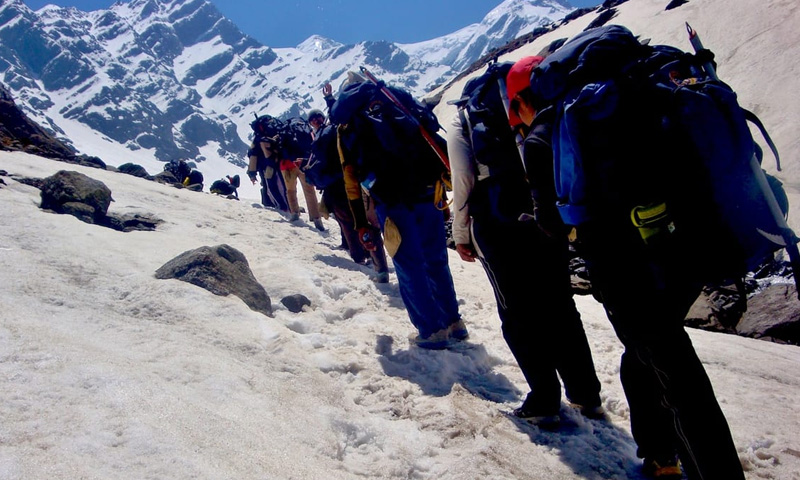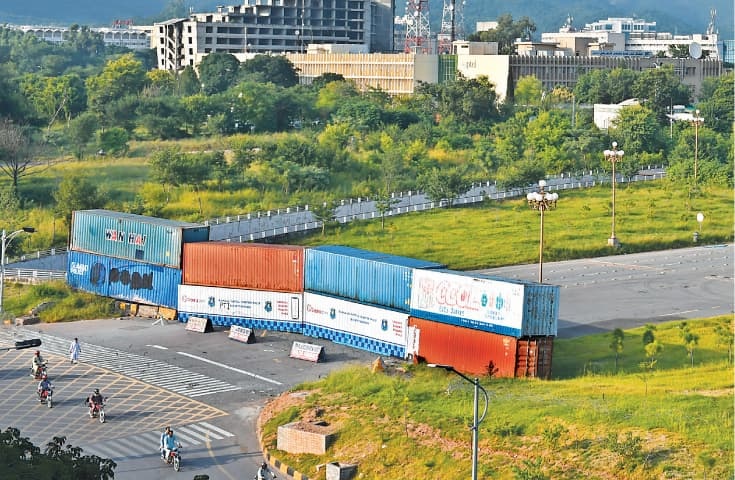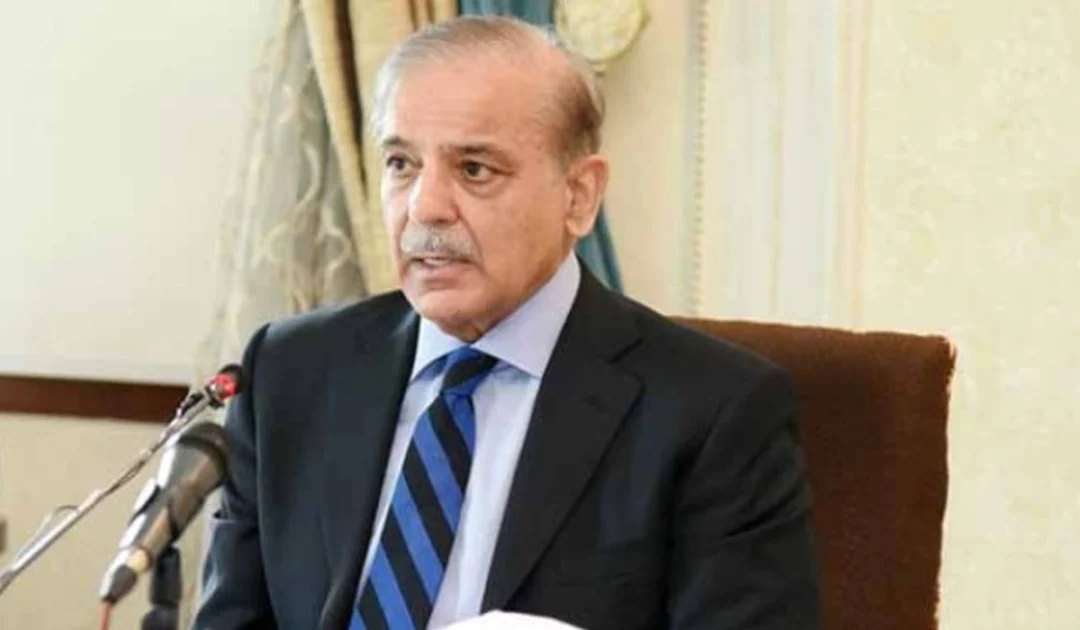- Web Desk
- 3 Minutes ago
Tourism dip feared amid mountaineering fee hikes in G-B
-

- Tanveer Abbas
- Sep 16, 2024

GILGIT: The Gilgit-Baltistan (G-B) government has significantly increased the royalty fees for mountaineering and trekking expeditions starting in 2025, sparking concerns among tour operators who claim the new rates will discourage international and local adventurers.
According to a notification issued by the G-B Tourism, Sports, Culture, Archaeology & Museum Department, the fees will now be charged per individual, replacing the previous group-based system. The notification outlines the revised fees for various mountaineering expeditions.
For K2, the world’s second-highest peak, the permit fee for international climbers during the peak summer season (April to September) has been raised to $5,000 per individual. This is a steep increase from the previous group fee of $12,000 for seven members, with an additional $3,000 per extra climber. Under the new structure, a seven-member group will now pay $35,000, nearly triple the earlier rate. During the autumn season (October to November), the fee will be $2,500, and in the winter season (December to March), $1,500.
Also read: PM forms body to establish mountaineering school in G-B
Similarly, the fees for other 8,000-meter peaks—Broad Peak, Gasherbrum I, Gasherbrum II, and Nanga Parbat—will rise significantly. For the summer season, the new rate is $4,000 per individual, compared to the earlier $9,500 group fee for seven members. In autumn, the fee will be $2,000, and in winter, $1,200 per person.
For peaks between 7,501 to 8,000 meters, the fee has been increased to $2,800 per individual in the summer, $1,000 in autumn, and $800 in winter. Peaks ranging between 7,001 to 7,500 meters will see the summer fee rise to $2,000 per individual, $800 in autumn, and $400 in winter. For peaks measuring between 6,500 and 7,000 meters, the summer fee is now $1,200 per individual, $500 for autumn, and $200 for winter.
Additionally, trekking fees for foreigners have risen dramatically. Previously, foreign trekkers were charged $100 per group. The new rates set the fee at $300 per individual in the summer, $200 for autumn, and $100 for winter.
Pakistani climbers are also affected by the fee hikes. The permit fee for K2 has been raised to Rs100,000 for the summer, Rs50,000 for autumn, and Rs30,000 for winter, a sharp rise from the earlier group fee of Rs30,000. The notification also outlines increased fees for local climbers for other mountains mentioned above.
The drastic increase has triggered a backlash from tour operators, who fear the hikes will deter international mountaineers and adventure tourists. “The new fee structure is exorbitant and will make Gilgit-Baltistan a less attractive destination for climbers and trekkers. We expect a significant drop in bookings in the coming years,” said Pakistan Association of Tour Operators (PATO) Secretary General Sadaruddin in an interview with HUM News English. He added that they have written a letter to the G-B Tourism Secretary, urging reconsideration of the decision.
“The new fee structure is exorbitant and will make Gilgit-Baltistan a less attractive destination for climbers and trekkers. We fear a substantial drop in bookings for the coming years,” Pakistan Association of Tour Operators (PATO)) Secretary General Sadaruddin told HUM News English.
The letter argued that, given the current global scenario, increasing permit fees sends the wrong signal to potential visitors, especially in comparison to Nepal, Pakistan’s direct competitor in adventure tourism. The letter warned that the decision could drive away the few adventurers who still want to explore the majestic mountains of Gilgit-Baltistan, leading to a sharp decline in tourism revenue.

Sadaruddin’s letter further cautioned that if the government continues with such “unrealistic policies,” the local tourism industry may boycott the sale of trekking and mountaineering packages, further crippling the sector. He urged the G-B government to reconsider the decision and consult with local stakeholders to develop a more sustainable solution that benefits both the government and the tourism industry. The letter suggested alternative measures, such as offering incentives to attract foreign visitors, promoting Gilgit-Baltistan as a safer destination, and implementing gradual fee adjustments that the market could absorb. It also stressed the importance of considering the thousands of jobs the tourism industry provides, beyond just counting treasury income.
Mingma G, a renowned Nepalese climber and owner of the tour company Imagine Nepal, also voiced his concerns about the fee hike, predicting a likely drop in climber numbers next year. “This year, the number of climbers in Pakistan was already lower than last year, and it will definitely decrease further next year. We have our reservations for next year, but it could be our last season in Pakistan,” said Mingma. He added that many Pakistani climbers, cooks, and support staff, who are the backbone of expeditions, will lose their jobs due to the increased fees.
Mingma also expressed disappointment in the lack of justification for the fee hikes, pointing out the absence of improvements or additional facilities. “Tourism officials in both Nepal and Pakistan raise prices without offering any improvements or additional facilities. Let’s hope we get something worthwhile in return.”
In response, G-B Director of Tourism & Culture Iqbal Hussain defended the decision, stating that the revised fee structure will enable better regulation, improved safety measures, and enhanced tourism services in the long run. He explained that the increase was part of the Finance Bill 2024-25, and the fees had not been raised since the 1990s, except for a brief relief period in the 2000s to attract tourism. “It was necessary to raise the fees given the current inflation. We will address the grievances of tour operators, as they are key stakeholders,” he added.




